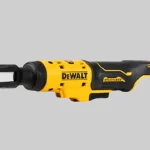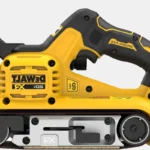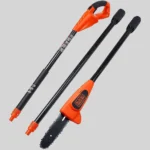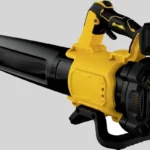Cordless tool batteries have come a long way, making your favorite power tools more powerful and efficient. But what do you really know about them? Let’s dig into the ins and outs of these batteries, ensuring you get the most out of your tools. From types to maintenance, we’ve got you covered. Ready to power up your knowledge?
Types of Cordless Tool Batteries
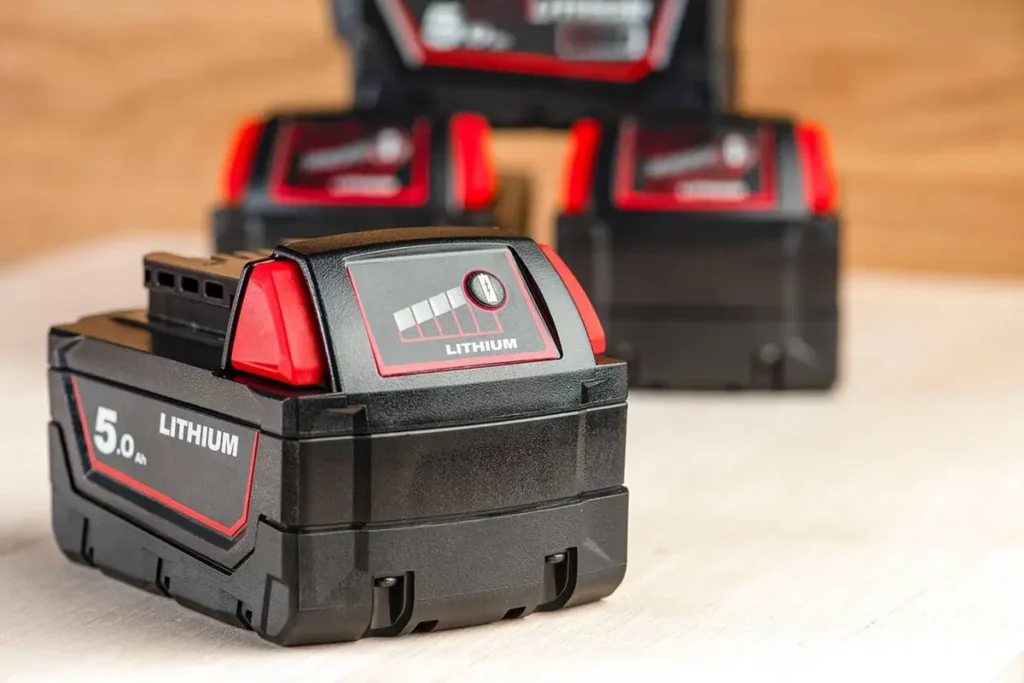
Nickel-Cadmium (NiCd)
First on the list is Nickel-Cadmium (NiCd) batteries. These guys have been around for a while and are known for their durability. They handle rough conditions well, making them a solid choice for heavy-duty tools. However, they do have a memory effect, which means if you don’t fully discharge them before recharging, they can lose their capacity over time. Plus, they’re not the most environmentally friendly option out there.
Nickel-Metal Hydride (NiMH)
Next up, Nickel-Metal Hydride (NiMH) batteries. These are a step up from NiCd in terms of environmental impact and energy density. They don’t suffer from the memory effect as badly as NiCd batteries, but they can still be a bit temperamental. They provide a decent balance between performance and cost, making them a popular choice for many users.
Lithium-Ion (Li-Ion)
Finally, the current king of cordless tool batteries: Lithium-Ion (Li-Ion). These batteries pack a punch with high energy density, no memory effect, and a slower rate of discharge when not in use. They’re lighter and can hold a charge much longer than NiCd or NiMH. However, they are more expensive and can be sensitive to high temperatures.
Battery Specifications and What They Mean
Voltage (V)
Voltage is a key spec that indicates the power output of a battery. Higher voltage means more power, which is crucial for heavy-duty tasks. For instance, a 20V battery will generally outperform an 18V battery, giving you that extra oomph for tougher jobs.
Ampere-Hour (Ah)
Ampere-Hour measures the capacity of a battery, telling you how long it can run before needing a recharge. More Ah means longer run time. So, if you’re working on a big project, a battery with a higher Ah rating will keep you going without frequent breaks to recharge.
Watt-Hour (Wh)
Watt-Hour combines voltage and capacity, giving you a comprehensive idea of the total energy a battery can store. It’s calculated by multiplying voltage (V) by Ampere-Hour (Ah). A higher Wh indicates a battery that can deliver more power for a longer period.
Factors Affecting Battery Life and Performance
Temperature
Extreme temperatures are the nemesis of battery life. Hot or cold environments can drastically reduce battery efficiency and longevity. Keep your batteries in a moderate climate to keep them running smoothly. Think of it like keeping your coffee at the right temperature – not too hot, not too cold.
Charging Practices
Charging habits play a big role in battery life. Always use the charger that comes with your battery, and avoid overcharging or undercharging. Just like your phone, cordless tool batteries prefer to be kept between 20% and 80% charge.
Usage Patterns
How you use your tools affects battery lifespan too. Frequent, short bursts can wear out a battery faster than longer, consistent use. It’s like driving – constant stop-and-go traffic is harder on the engine than a smooth highway cruise.
Safety Considerations
Handling and Usage
Handle batteries with care. Avoid dropping them, and never puncture or crush a battery. If a battery is damaged, dispose of it properly.
Transportation
When transporting batteries, keep them in a secure container to avoid damage. For air travel, check with your airline for specific regulations.
Disposal and Recycling
Never throw batteries in the trash. Take them to a recycling center or a store that offers battery recycling. It’s crucial for the environment and can even be legally required in some places.
Common Questions and Troubleshooting
How to Test a Battery
You can use a multimeter to check the voltage of your battery. A fully charged Li-Ion battery should read close to its rated voltage. If the reading is significantly lower, it might be time for a new battery.
Battery Compatibility
Not all batteries are created equal. Stick with the same brand and voltage for your tools. Mixing brands can lead to poor performance or even damage.
Repairing vs. Replacing Batteries
Sometimes, a battery can be repaired by replacing faulty cells. However, this can be tricky and might void your warranty. In most cases, replacing the battery is the safer and more reliable option.
Future Trends in Battery Technology
Advancements in Li-Ion Batteries
Li-Ion technology is constantly improving. New developments focus on increasing energy density and reducing charging times. The future looks bright with more powerful and longer-lasting batteries on the horizon.
Emerging Battery Technologies
Solid-state batteries are a hot topic right now. They promise higher energy density and greater safety by replacing the liquid electrolyte with a solid one. Keep an eye on this space – it could revolutionize the battery industry.
Conclusion
Cordless tool batteries are the heartbeat of your power tools. Understanding the different types, specifications, and care practices can significantly enhance their performance and lifespan. Keep your batteries well-maintained, and they’ll keep your tools running smoothly, making every project a breeze.

Matthew Dowell
Matthew, a seasoned builder from a family of craftsmen, leads Tools Trove. His passion for tools and decades of hands-on experience fuel his commitment to providing expert reviews and insightful content. Whether you’re a pro or a DIY enthusiast, Matthew’s guidance ensures informed decisions in the world of tools.

